As a homeowner or property manager, keeping a close eye on your water usage is essential. Not only will this help you understand your consumption patterns, but it can also identify potential leaks and save you money on your utility bills.
The problem is, not everyone knows how to read a water meter.
There are a few different types of water meters on the market, including smart water meters like the innovative bluebot system. With a smart meter, you can track your water usage in real-time and receive alerts if there are any sudden spikes.
Alternatively, mechanical water meters are a more traditional option that’s still widely used. They require manual readings – and the occasional need to call customer service if you don’t know how to read it own your own – but can still provide valuable insights into your water usage.
And if you want to take it to the next level, investing in a digital meter is another high-tech option that offers accurate, detailed information on your water consumption.
No matter which type of water meter you choose, the effort you put in to water conservation and monitoring will pay off – literally.
But if you’re looking for the most optimal way to save money and reduce waste, investing in a smart water meter is the top system for the job.
Attention homeowners and property managers, do you know where your water meter is located? If you’re unsure, it’s essential to find it, as it can provide valuable information about your water usage and help you detect leaks. Here are some common places where water meters can be found:
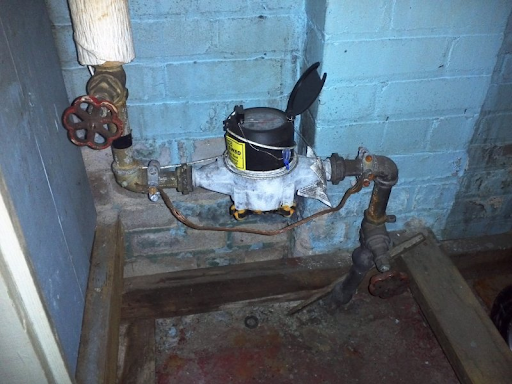
Water meters are often located in basements, particularly in older homes. They are typically installed near the main water supply line, which enters the home through the foundation.
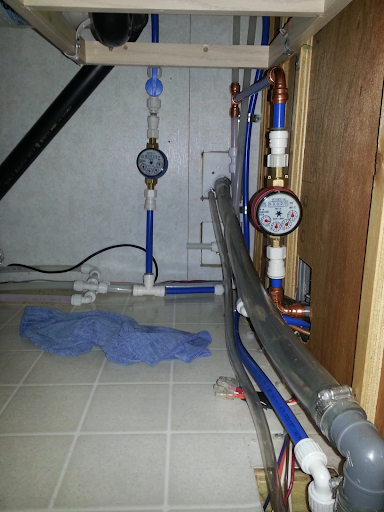
In newer homes, water meters are often found in utility rooms, such as the laundry room or the room where the water heater is located.
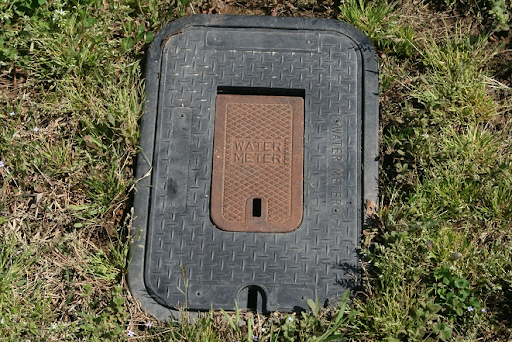
Some homes have water meters located outside, near the street. These meters are typically found in a concrete box, which may be marked with the word “water” or the initials of your local water company.
Some meters may look like a round gauge with a series of numbers, while others may have a digital display. Take a few moments to familiarize yourself with the different types of meters so that you can easily locate yours.
Remember, locating your water meter is the first step in understanding your water usage and detecting any potential leaks. By finding your water meter, you can take control of your water consumption and save money on your monthly water bill.
Knowing how to read your water meter is an essential skill that can help you understand your water usage and detect any potential leaks. Here’s a step-by-step guide for reading a digital display or analog meter:
Your water meter is typically located at the street near the main water supply line, in a basement or utility room. You may need to remove a cover or panel to access the meter. Some meters have a digital display, while others have analog dials.
Digital displays typically show the water usage in cubic feet or gallons. The numbers on display may be followed by a decimal point, representing fractions of a gallon or cubic foot. Analog dials have a series of numbers or tick marks representing water usage.
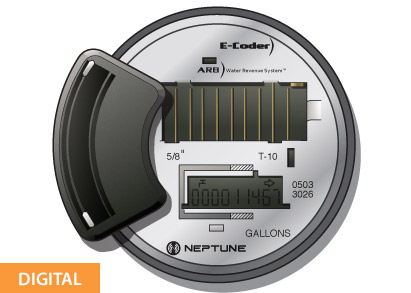
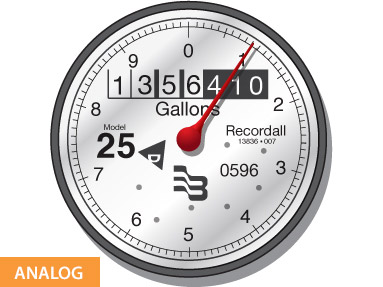
Cubic feet and gallons are the most common measurements used for water meters. To convert cubic feet to gallons, multiply the number of cubic feet by 7.48. For example, if your meter reads ten cubic feet, your usage would be 74.8 gallons.
By learning how to read your water meter and interpret the data, you can take control of your water consumption and save money on your monthly bills.
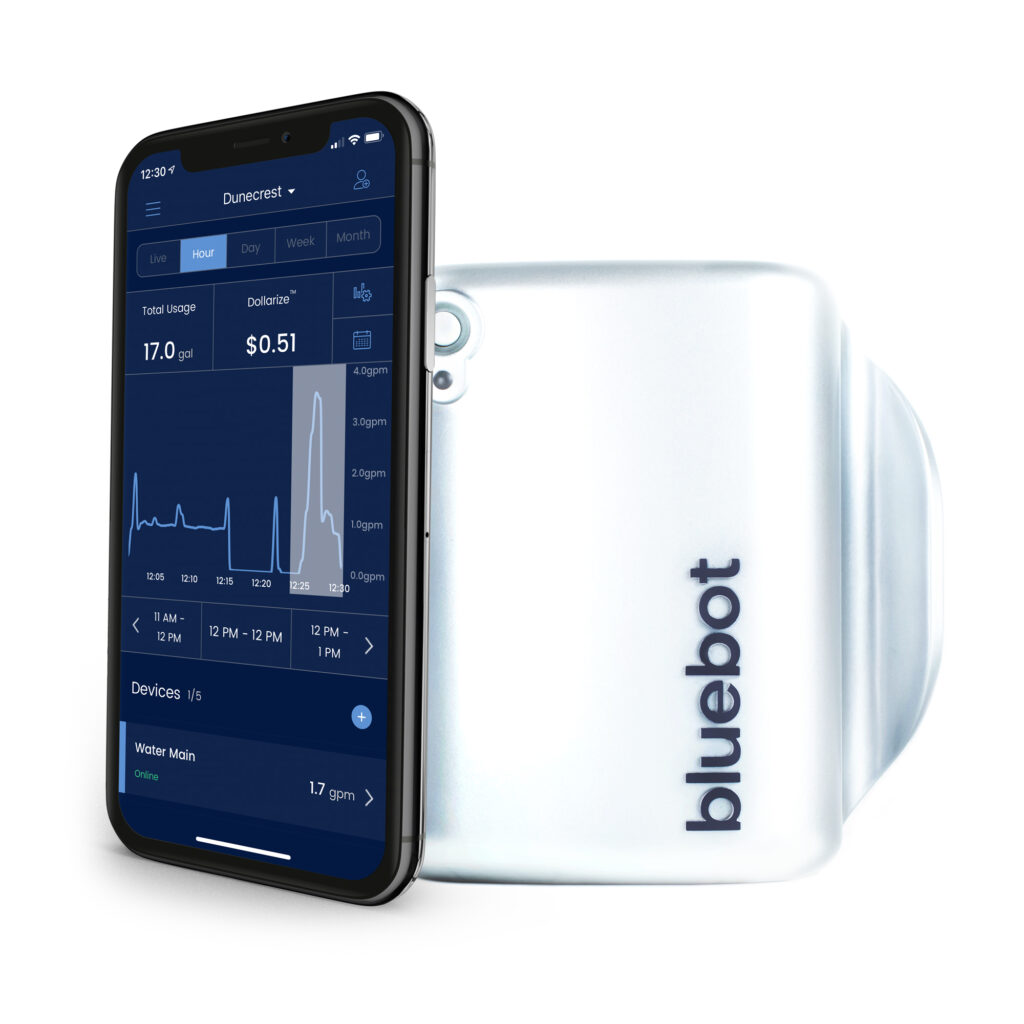
Regular monitoring of your water usage is crucial to maintaining a healthy and efficient water system. Not only can it help you identify leaks early, but it can also detect unexpected usage and help you budget for water usage. Here are some benefits of regular monitoring:
Even small water leaks can cause significant damage over time, so it’s essential to catch them as soon as possible. Regular monitoring can help you detect leaks early and avoid costly repairs.
If you notice a sudden increase in your water usage, it could be a sign of a leak or other issues. Regular monitoring can help you catch these issues early and prevent further damage.
Regular monitoring can also help you budget for your water usage and avoid unexpected bills. By tracking your water usage, you can better understand how much water you use and adjust your consumption accordingly.
For households with high water usage, daily monitoring may be necessary to catch leaks early.
For households with moderate water usage, weekly monitoring can help you detect any unexpected changes in your usage.
Monthly monitoring is recommended for most households, as it provides a good overview of your water usage and can help you identify any issues.
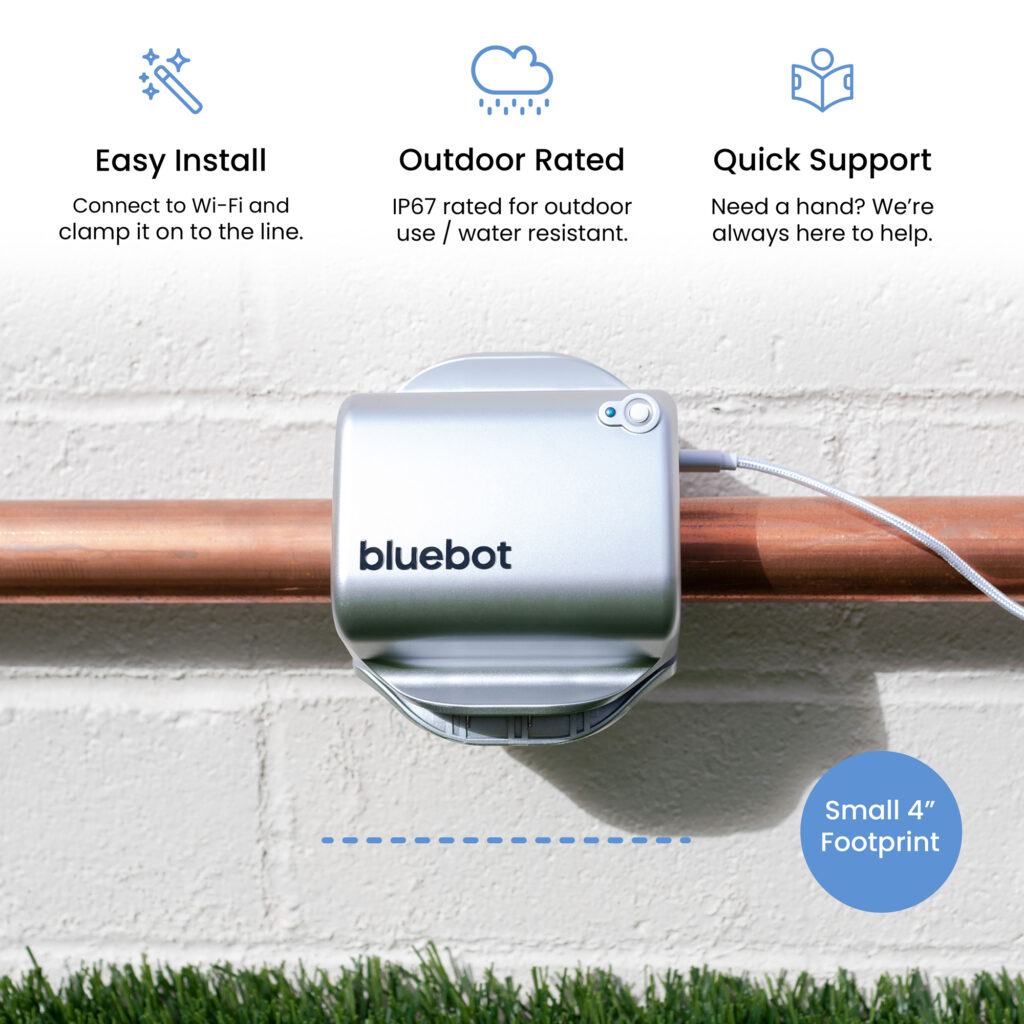
Visit our shop page to learn more about how bluebot can help you save money on your water bills and keep your water system running smoothly.
Regular monitoring can help you avoid costly repairs and save money in the long run, so don’t wait to start tracking your water usage today!
In conclusion, homeowners and property managers must understand your water meter and regularly monitor your water usage. Knowing where your water meter is located, how to read it, and monitoring it regularly, you can identify leaks early, detect unexpected use, and budget for your water usage.
Investing in a bluebot smart water meter can help make water monitoring effortless and accurate. With real-time tracking, bluebot can put your water monitoring on autopilot, detect potential leaks or abnormal usage, and help you save money on your water bills.
We encourage all readers to check their water meters and track their water usage regularly. You can avoid costly repairs and save money on your water bills by being proactive.
So, if you’re ready to start monitoring your water usage like a pro, invest in a bluebot smart water meter today.
Join the 1,000+ bluebot users that save an average of 30% on their water bill